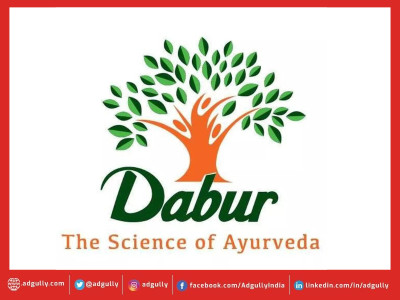ISEC will enable sharper targeting, more nuanced understanding of demographics:Rajiv Dubey
With the Market Research Society of India (MRSI) announcing the adoption and implementation of its latest Socio-economic Classification System, ‘ISEC’, there are intense discussions on targeting and segmenting consumers among different stakeholders – be it advertisers, brands, research agencies, ad agencies and various industry bodies.
The growth in GDP and income, penetration of consumer durables, and ownership of vehicles has witnessed a significant increase, leading to the current socio-economic classification becoming less discriminatory and more volatile. The need to redefine the key variables led to the formation of a more stable, and more robust construct, ‘ISEC’.
Among the various industry stakeholders on track to adopt ISEC are The Indian Society of Advertisers (ISA), research users of various organisations such as ITC, Hindustan Unilever Limited, Marico, Dabur India, etc., research agencies including Kantar, IPSOS, as well as key media agencies.
Socio-economic classification enables brands and agencies to understand their target audience’s behaviour and profiles and set price points. Updates to the current socio-economic classification are critical given the changing landscape of Indian households. ISEC addresses this with classification using household education and occupation profiles.
Unlike NCCS that only factored the education of the chief earner and the presence of certain consumer durable items in the household, MRSI’s ISEC takes on a more advanced approach by including the occupation of chief earner, education of highest educated male adult as well as education of highest educated female adult.
ISEC makes way for improved distribution and sharper and refined targeting. It is considerably more stable than NCCS, hence omitting the need for frequent updates. Moreover, social capital in India can be defined by the education of the female and this parameter helped improve ‘discrimination’.
A classification system spanning 1 to 12 tiers, ISEC is an open-source system and is available for all industry stakeholders.
Dabur India is one of the organisations on track to adopt ISEC. Sharing his insights on ISEC, Rajiv Dubey, Head of Media, Dabur India, told Adgully, “The proposed changes in the NCCS system, incorporating factors like the education level of key household members, present an opportunity for sharper targeting and a more nuanced understanding of consumer demographics.”
On social capital in India being defined by the education of the female, Dubey noted that ensuring education among women in households has been shown to have a transformative effect, not just on individual lives but on entire families and communities. “Studies indicate that when a woman is educated, she tends to educate four more people, thereby uplifting the family socioeconomically,” he added.
He acknowledged that while it may require a transition period for industry stakeholders to adapt, the long-term benefits in terms of data accuracy and effectiveness of targeting are promising.
As far as modifications and fine-tuning are concerned, Dubey said that an open-source approach allows for ongoing refinement based on industry feedback and evolving consumer dynamics. “While the shift may pose initial challenges, we anticipate that it will lead to more robust market insights and ultimately better alignment with consumer needs and preferences,” he affirmed.


















Share
Facebook
YouTube
Tweet
Twitter
LinkedIn